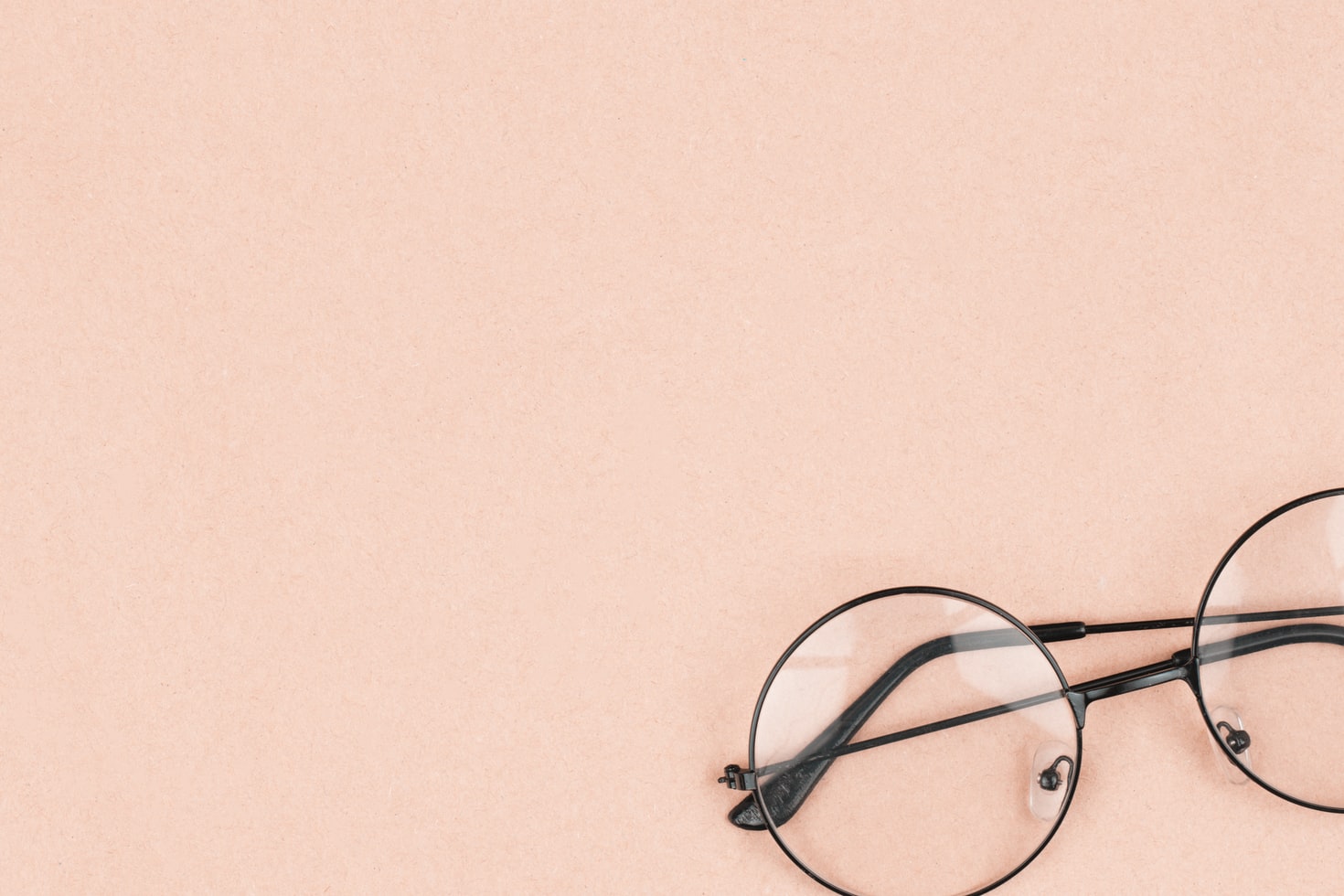Everyone has heard someone complain about their thick ‘coke bottle’ glasses or, conversely, praise their fantastic ‘light and thin’ glasses. What is the difference? Why doesn’t everyone get thin glasses? What options are out there and what are the benefits to you? Below you will find an introduction and summary to the most common lens materials I use in my office. I hope this educates you to some degree that you feel more comfortable discussing lens materials with your eye doctor in the future.
A) CR 39 Plastic: CR 39 plastic lenses (shorthand for ‘Columbia Resin 39’)) are best suited for someone looking to save money or to tint their lenses. CR 39 is half the weight of traditional glass but provides excellent optics. They also scratch very easily so a scratch coating is recommended. Another drawback for CR 39 is that they are not inherently UV protectant. Did you know other lens materials actually protect your eyes from UV light?? We will get to those shortly. CR 39 is very easy to tint. Coatings adhere very easily to CR 39 lenses stain true to color. The biggest issue with CR 39 lenses is that they are THICK for mid to high prescriptions. These are the old ‘coke bottle’ lenses your parents wore. People with powers greater than 2.00 or so tend to notice the thickness on the edge of their glasses. CR 39 is not a safety grade lens, either.
B) Polycarbonate: Polycarbonate lenses are thinner than CR 39 … but that is not the only benefit they have over CR 39. Polycarbonate lenses were originally designed for airplane windshields and possess superior impact resistance. If you are at risk for impact on your glasses (welding … woodwork … athletics … etc) then poly might be your lens materials of choice. Polycarbonate lenses also organically protect your eyes from UV light. This is very important: Polycarbonate lenses absorb UV light without any additional coatings added onto the lenses. This is essential for everyone as UV light is responsible for accelerated formation of cataracts and retinal damage. EVERYONE (especially young individuals) should possess eye wear that protects their eyes from damaging UV rays. There is just no excuse.
C) Trivex: Think polycarbonate … but better. Trivex possesses all of the same benefits of poly relative to CR 39. Trivex is also thinner, lighter weight, and possesses clearer optics than polycarbonate lenses. Trivex is also impact resistant and absorbs UV light without any additional coatings or lens treatments. This is due to the higher ‘Abbe value’ of trivex relative to poly. You can read about in-depth about Abbe value here, but to make a long story short- the higher the Abbe value of lens material, the fewer higher order aberrations (visual imperfections, inherent to the lens that we cannot correct) and better vision you will perceive.
D) High Index These are the ‘thin lenses’ you often hear about. These lenses are thinner than normal CR 39 because their index of refraction is higher. This means that light literally bends slower when passing through theses lenses and less material is needed to make a given prescription. For instance- if you have a -5.00 glasses prescription and you are worried than your lenses might have thick, unsightly edges in your new glasses then high index lenses are going to be the best fit for you. They are cosmetically the most appealing lenses for high prescriptions in fashion forward or minimalist style glasses. They are the thinnest lenses available. There are trade-offs, however. High index lenses are more brittle than any of the other lens materials. They tend to break and chip easier. High index lenses also do not absorb UV without coatings so an anti-glare/UV coating is recommended. Some higher prescriptions actually have a wider field of view with high index materials. It is imperative that you optometrist help guide you towards the lens material that will give your unique prescription the best vision possible.
Let’s sum it all up, nice and neatly:
-
CR 39 is basic with no extra features and excellent optics.
-
Polycarbonate is impact resistant, UV protectant, and thinner than CR 39.
-
Trivex is Polycarbonate on an Olympic level. Trivex is impact resistant, the lightest weight material, and absorbs UV without any additional coatings.
-
High Index lenses are the most cosmetically appealing as they are the thinnest lens material, but they lack some of the features present in other materials and might require additional coatings.
Thanks everyone! Tune in next week for the kick-off of our month long series on “Colors”!
-Ben


